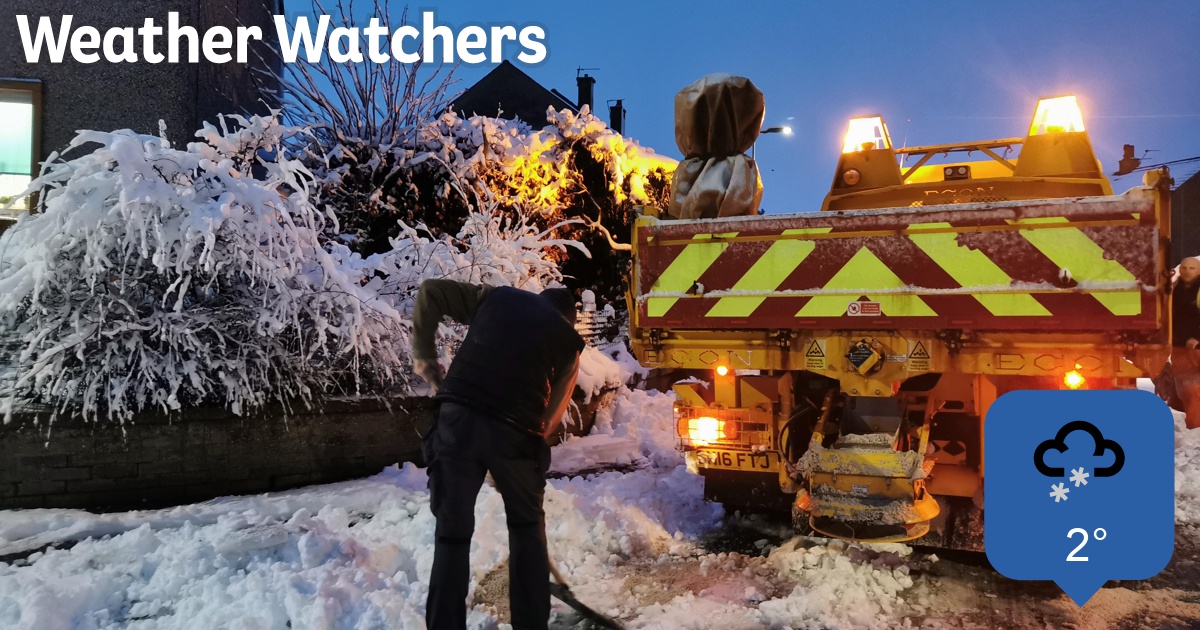

Carefully the watchers wait for a message to bring to the people of Zion. Their eyes pierce the darkness as they watch the gate for even the slightest variation in the wind, because they’re able to discern the times. Their knees do not buckle, their wills do not bend. The Watchers stand strong and mighty in their places on the wall. But there are those who neither sleep nor slumber. The sheep are in their barns, the shepherds are already lying down for a restful night’s sleep. The city gates are closed, so no one can enter the city. The people of God have all gone home, hidden within the safe walls with their families nearby. I saw the sun slowing setting, finding its final resting place for the evening. And the king said, “If he is alone, there is news in his mouth.” And he came rapidly and drew near.” (2 Sam 18:24,25, NKJV) Then the watchman cried out and told the king. And the watchman went up to the roof over the gate, to the wall, lifted his eyes and looked, and there was a man, running alone. In the subsequent Year Walk: Bedtime Stories for Awful Children, the first chapter is devoted to the Huldra.Now David was sitting between the two gates. Neil Gaiman's novella The Monarch of the Glen, published in the collection Fragile Things, includes references to Hulder legends.
YEAR WALK THE WATCHERS SERIES
They are mentioned in Seanan MacGuire's October Daye series in the book "A red-rose chain". In the mobile game Year Walk, one of the Watchers is a Huldra. The peak guarding the pass over from the valley to the mountains above has a similar name, Ruollačohkka, meaning "Troll Mountain"-and the large mountain presiding over the valley on its northern side is called Háldi, which is a term similar to the above-mentioned Norwegian rå, that is a spirit or local deity which rules a specific area. The name means "Hulder Valley" in North Sámi. Ulddašvággi is a valley southwest of Alta in Finnmark, Norway.Ulddaidvárri in Kvænangen, Troms (Norway) means "Mountain of the Hulders" in North Sámi.Hulderhusan is an area on the southwest of Norway's largest island Hinnøya, whose name means "Houses of the Hulders".Hulderheim is southeast on the island Karlsøya, Troms, Norway.Huldremose (Hulder Bog) is a bog on Djursland, Denmark famous for the discovery of the Huldremose Woman, a bog body from 55BC.

Here are some examples showing the wide distribution of Hulder-related toponyms between the northern and southern reaches of Scandinavia, and the terms usage in different language groups' toponyms.

( November 2022) ( Learn how and when to remove this template message)Ī multitude of places in Scandinavia are named after the Hulders, often places by legend associated with the presence of the "hidden folk". Unsourced material may be challenged and removed. Please help improve this section by adding citations to reliable sources. Though described as beautiful, the huldra is noted for having a distinctive inhuman feature-an animal's tail (usually a cow's or a fox's) and/or a back resembling a hollowed-out tree. This being is closely related to other underground dwellers, usually called tusser (sg., tusse).

The word hulder is only used of a female a "male hulder" is called a huldrekall and also appears in Norwegian folklore. Her name suggests that she is originally the same being as the völva divine figure Huld and the German Holda. She is known as the skogsrå "forest spirit" or Tallemaja "pine tree Mary" in Swedish folklore, and ulda in Sámi folklore. In Norwegian folklore, she is known as huldra ("the hulder", though folklore presupposes that there is an entire Hulder race and not just a single individual). Her name derives from a root meaning "covered" or "secret". "Huldra's Nymphs" (1909) by Bernard Evans WardĪ hulder (or huldra) is a seductive forest creature found in Scandinavian folklore.


 0 kommentar(er)
0 kommentar(er)
